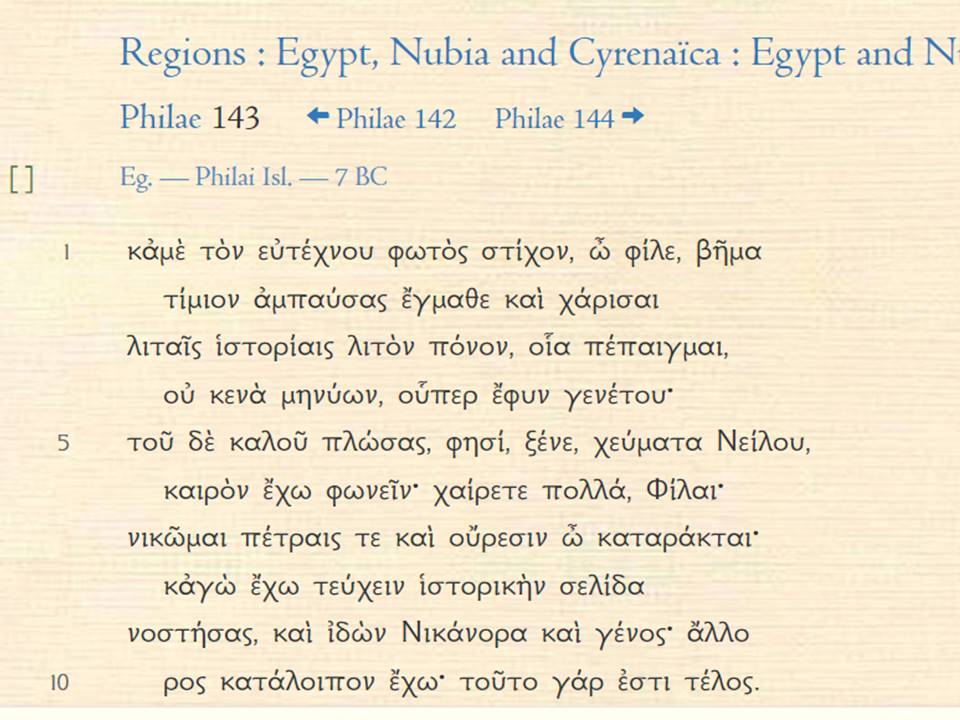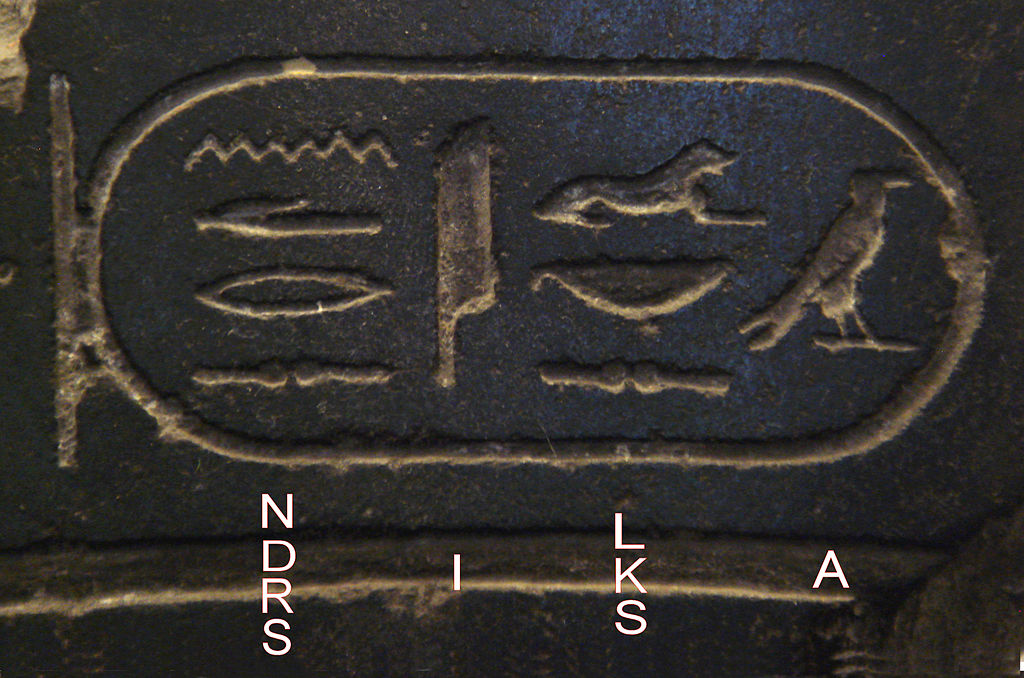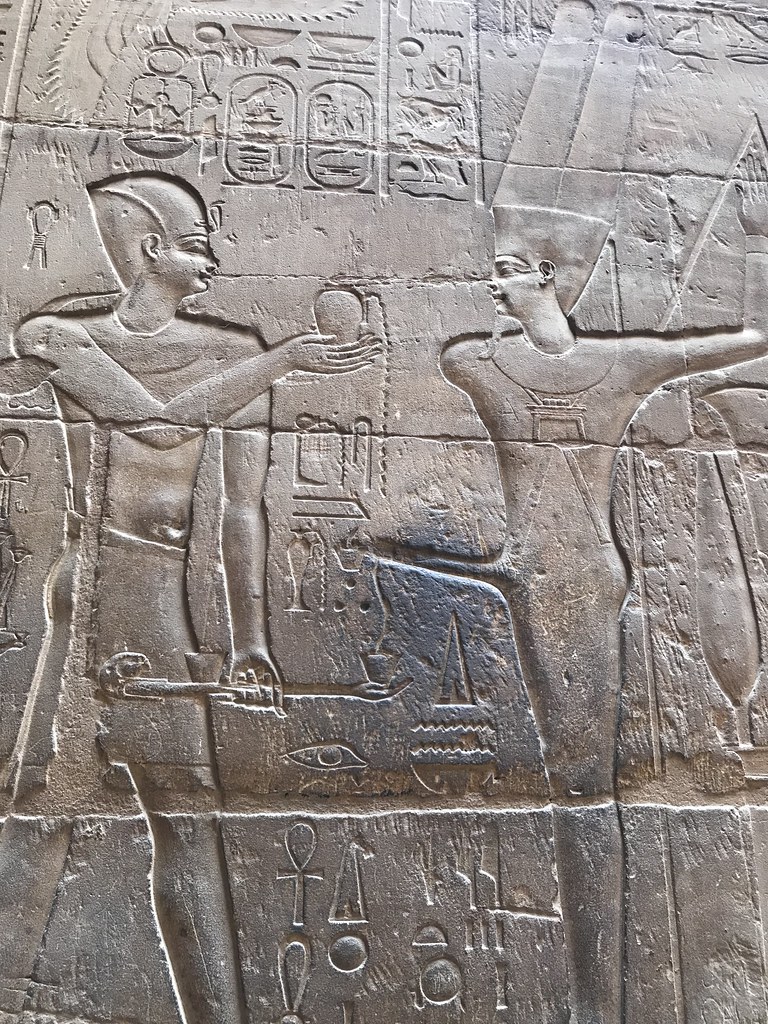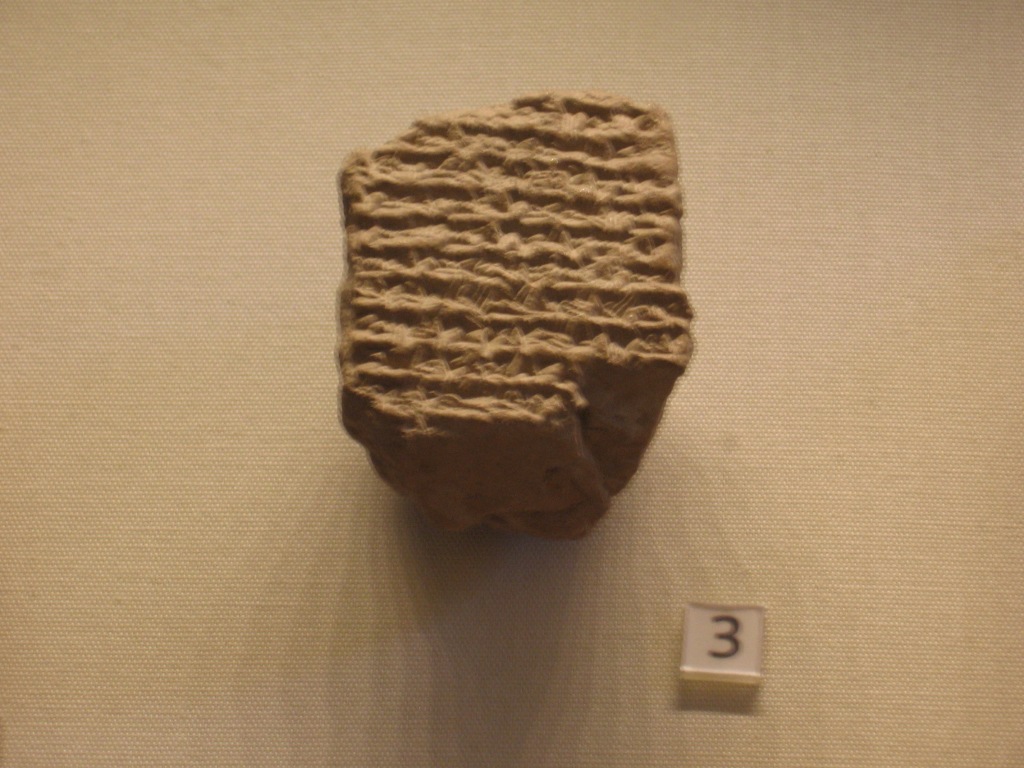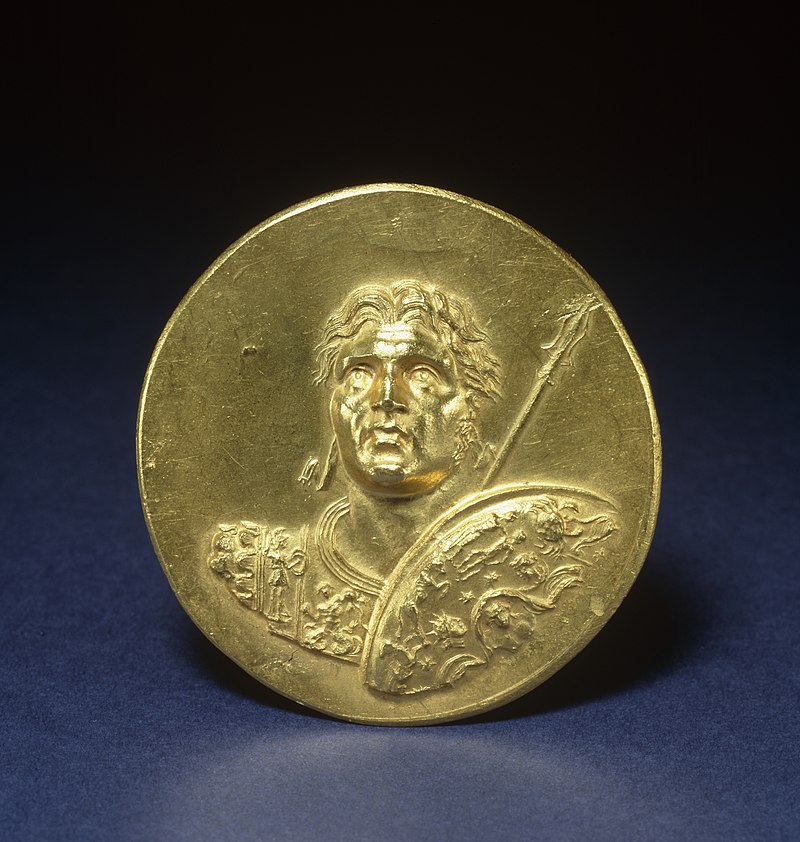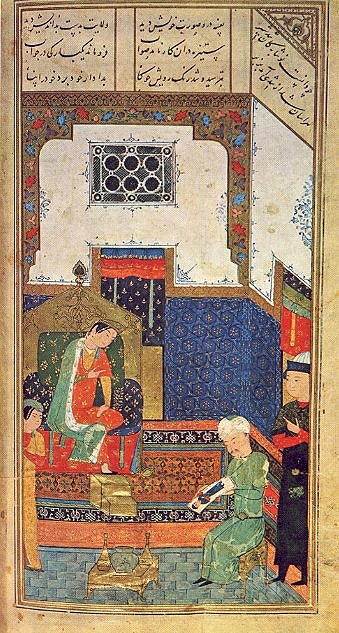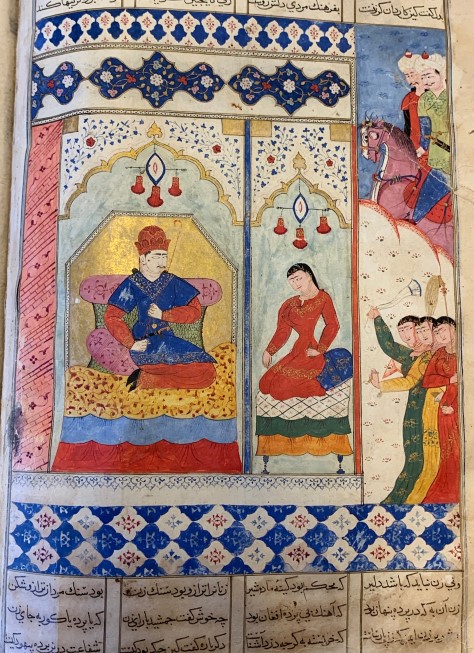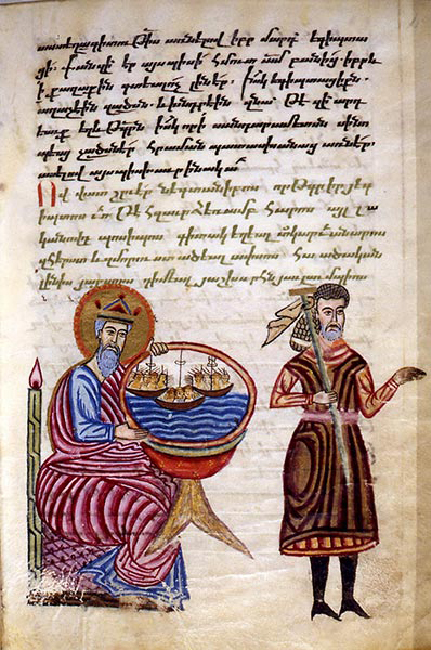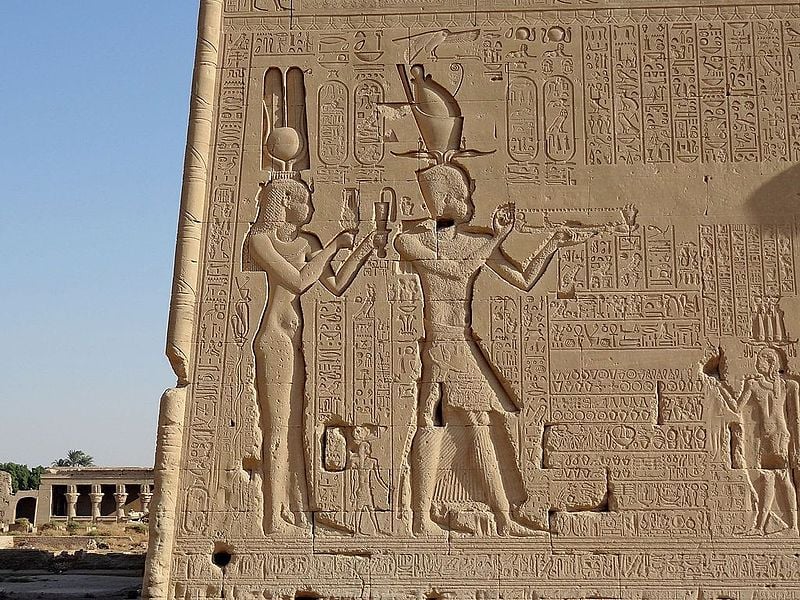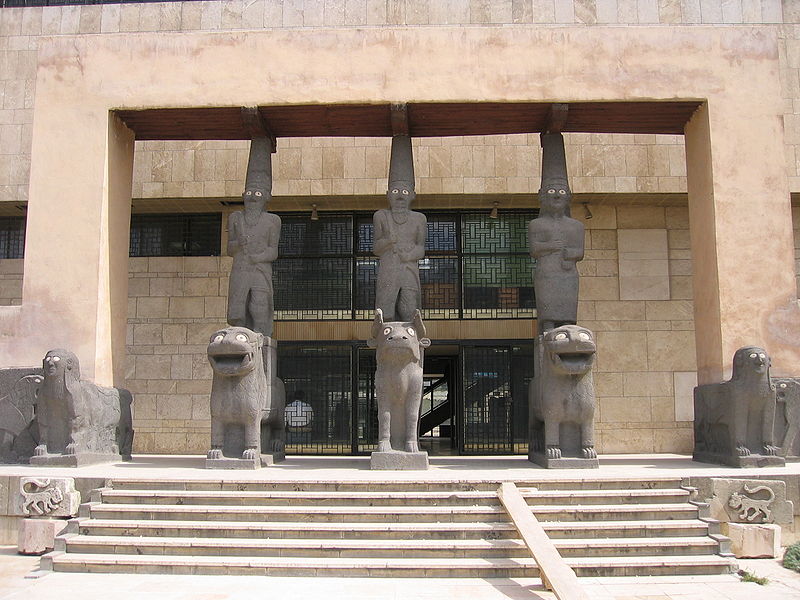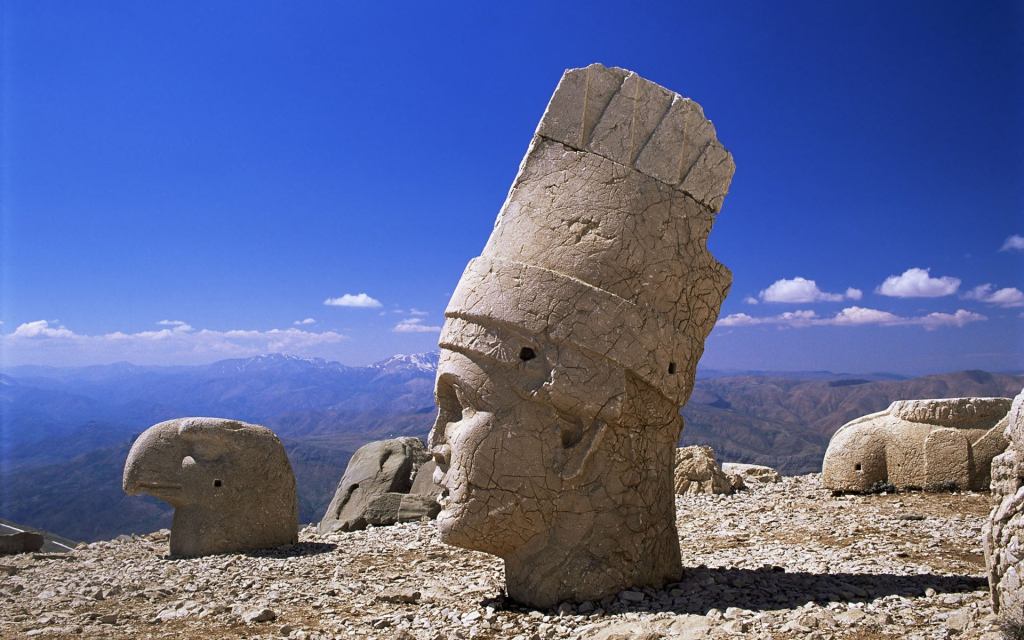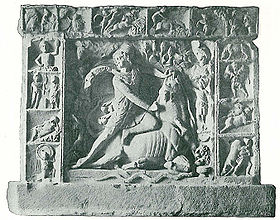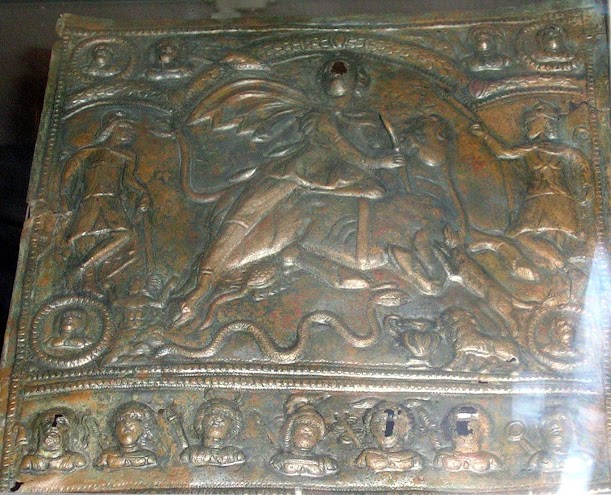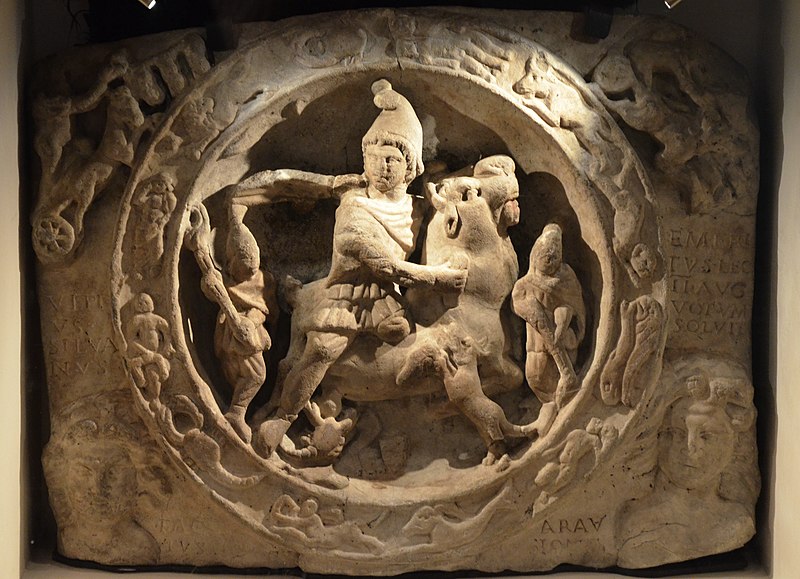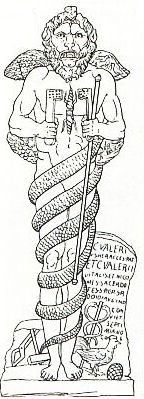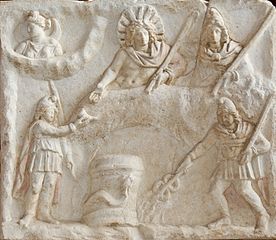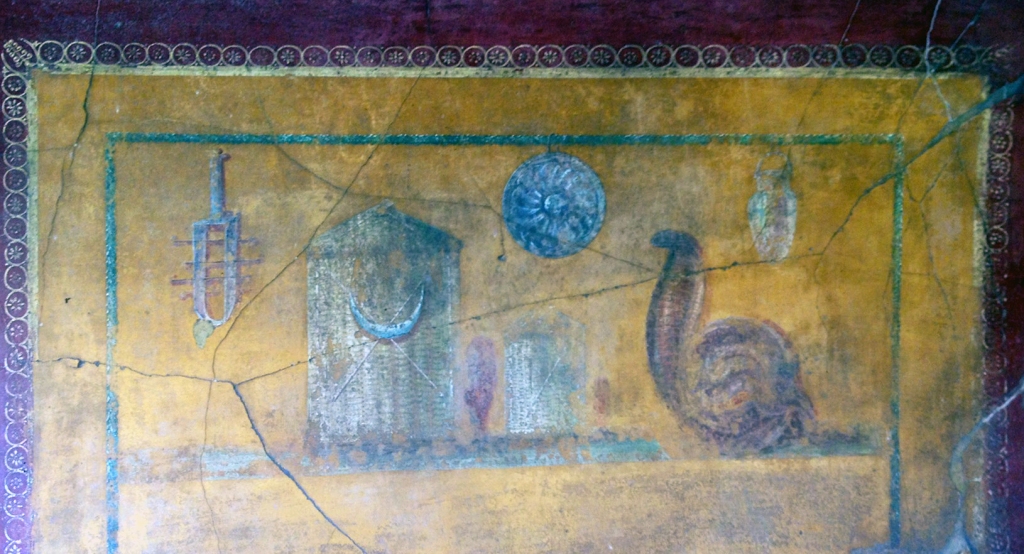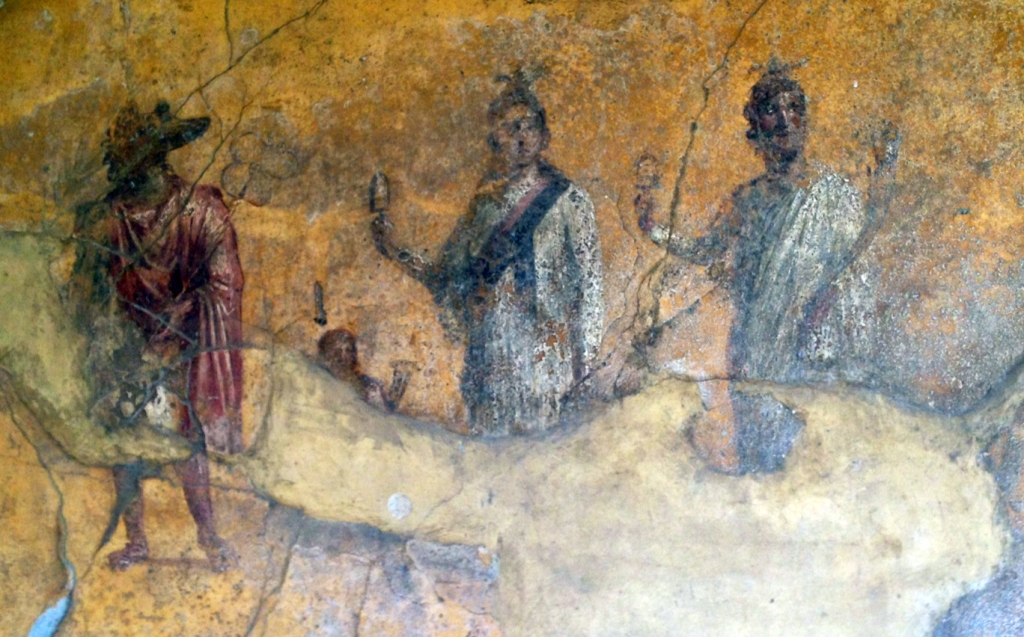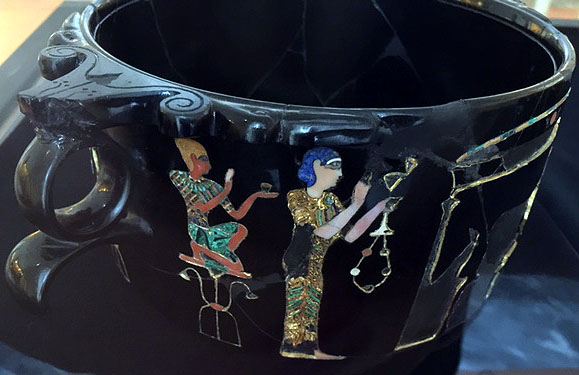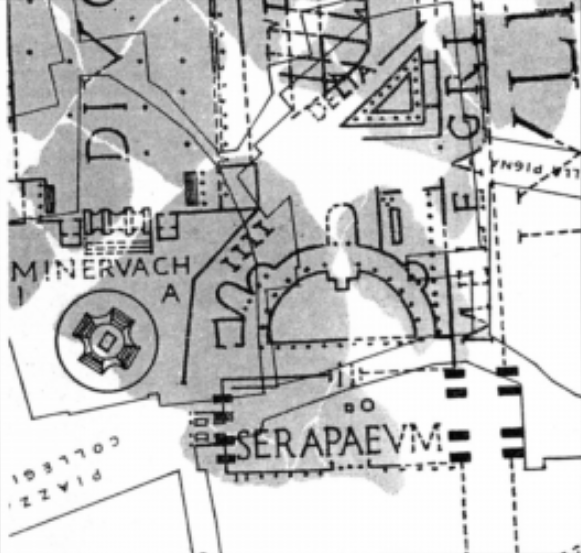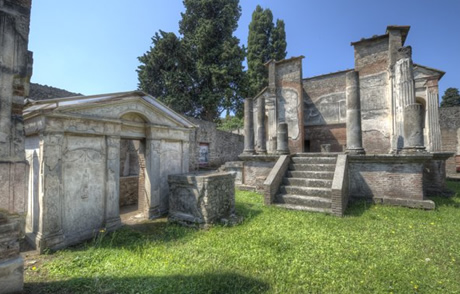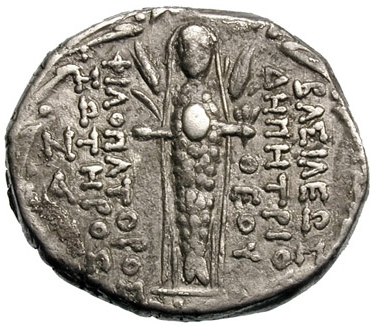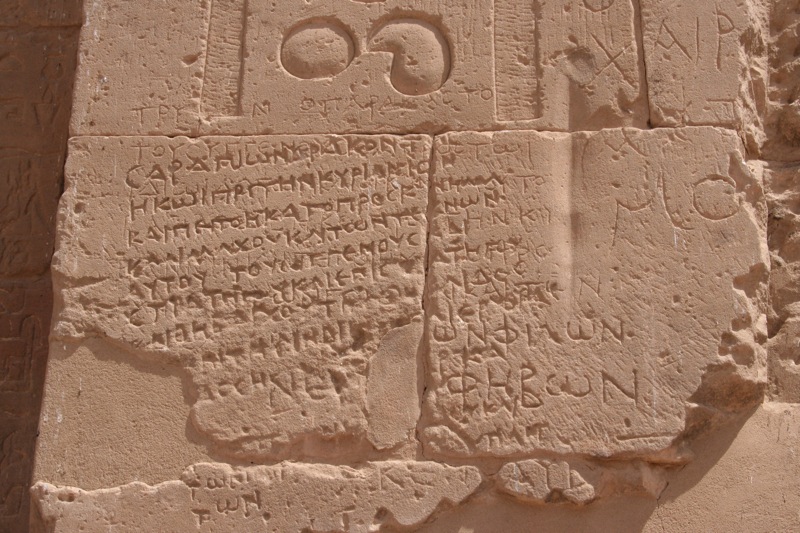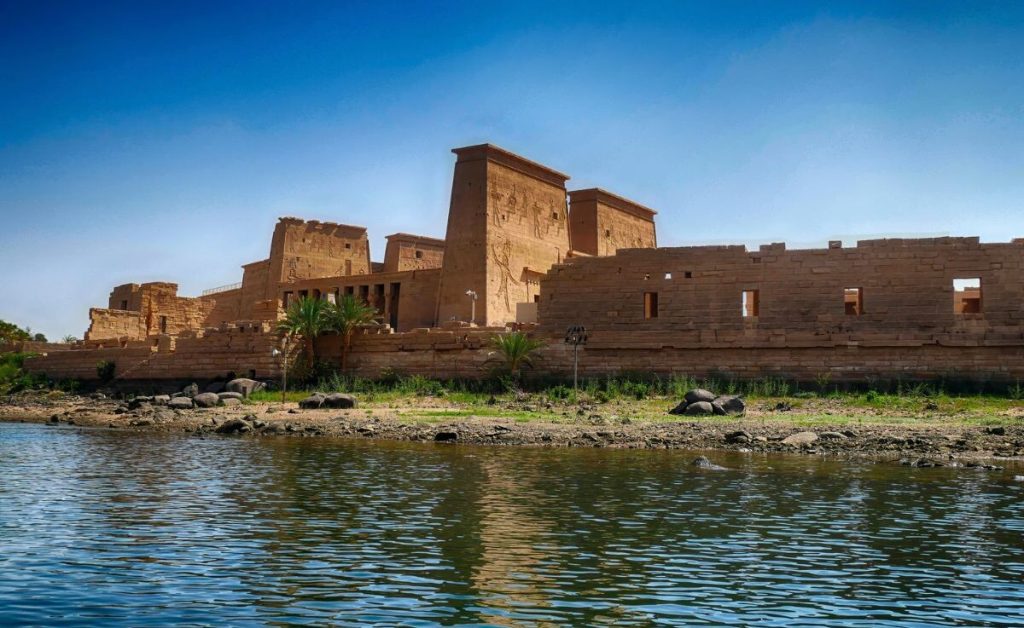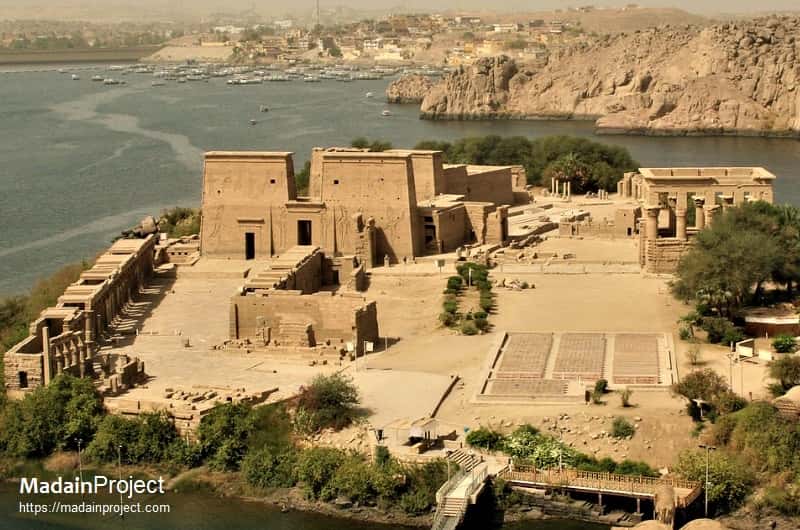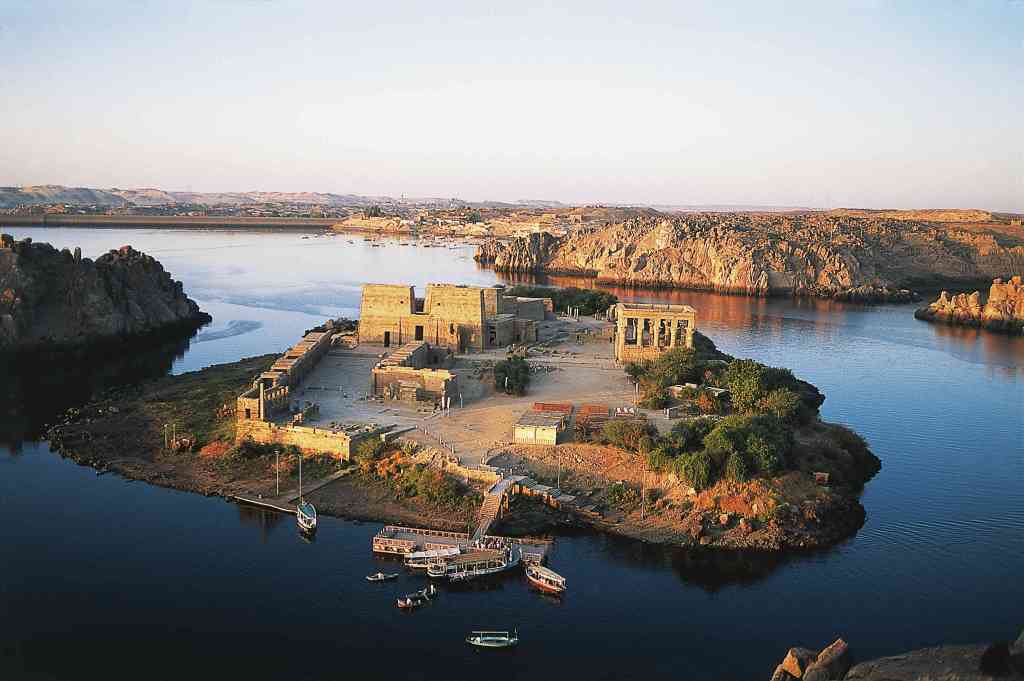The Western World hates Egypt terribly; that’s why all the administrations of the country -pseudo-royal (khedivial), presidential (military) or Islamist (republican)- were always appointed after French, English and/or American decision or active involvement and with Western support only to function as local ignorant servants definitely unable to fathom the deeply self-destructive nature of the acts that their foreign masters force them to implement, and absolutely unsuspicious of the venomous hatred that their beastly superiors harbor against the Holy Land that is the Valley of the Nile down to Khartoum.
Contents
I. Western Hatred against Egypt and Plans against Mankind
II. The End of Egypt may be very close
III. Egypt and the Pulverization of Sudan and Libya
IV. The Renaissance Dam in the light of the Abyssinian ‘Prophecy’ against Egypt and Sudan
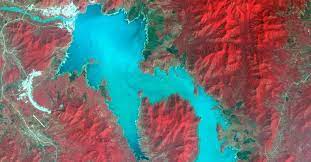
The Blue Nile River is seen as the Grand Ethiopian Renaissance Dam reservoir fills near the Ethiopia-Sudan border, in this broad spectral image taken November 6, 2020. NASA/METI/AIST/Japan Space Systems, and U.S./Japan ASTER Science Team/Handout via REUTERS/File
I. Western Hatred against Egypt and Plans against Mankind
The criminal colonial governments of the West that plunged the world into inhuman colonialism, scores of yet unknown (to most of the people) genocides, two World War, moral and cultural degeneration, and linguistic Anglo-tyranny did not hate Egypt for nothing. They are fully aware of the exclusively predominant role that Nahrain (Mesopotamia) and Kemet-Kush (Egypt and Sudan, i.e. the true Ethiopia) played in the History of Mankind; the evil gangsters of the Western countries want to hide the Truth that was found in Egyptian and Meroitic hieroglyphics and in Sumerian-Assyrian-Babylonian cuneiform texts, to incapacitate those great lands, to propagate worldwide their fallacious story (namely the nonexistent Hellenism, the perversely presented Greco-Roman civilization, and their abnormal derivatives), and to undertake the extinction of all the other nations and civilizations by means that they intended to prepare and have already produced.
Which is the unfathomable force of the Egyptian hieroglyphics and the Assyrian cuneiform texts that Western academics, mystics and evildoers know and the rest of the world does not?
This is easy to answer! Fully studied and duly assessed, the early documentations of Human Civilization demonstrate perfectly well the fallacy of every single point of the Fake History of the Mankind that the criminal Western universities, those centers of suffocating darkness, absurd falsehood, and utmost barbarism, diffuse worldwide only to carry out their plan which provides for the extinction of the rest of the Mankind. It is not a matter of coincidence that, only 100 years after the decipherment of the Egyptian Hieroglyphics by Jean-François Champollion, was an Egyptian Egyptologist properly formed at last; it was a critical paragraph of the lewd colonial criminals’ working plan. Only by fooling the rest and by keeping them unaware of the historical truth, they would effectively immobilize them until the moment of their destruction comes.
The Western narrative was composed out of thousands of points of systematic falsehood and due to an always superbly misleading contextualization. Even non-specialists, who happen to be perspicacious researchers and rich conceptual thinkers, like Prof. Jin Canrong (School of International Relations, Renmin University of China), have seen the endless flaws of the Western fallacy. In October 2023, Prof. Canrong claimed that the supposedly major philosopher of the Antiquity, namely Aristotle, is actually a fictional character.

Prof. Jin Canrong
That’s correct; suffice it to study the spiritual, academic, moral, and intellectual life in Egypt from the arrival of Alexander the Great of Macedonia to the arrival of Octavian Augustus (332 BCE – 30 CE)! There was no place for Aristotle in the then debates; the same occurred elsewhere, notably in Antioch, Ephesus and the other great centers of learning and science of the Ptolemaic/Seleucid, Arsacid and Roman times.
In fact, Aristotle is mainly a fabrication of 9th-11th c. Catholic Benedictine monks who hated the Eastern Roman Empire and Orthodox Christianity and in the process, fabricated an enormous amount of fallacious manuscripts of the supposed Aristotle’s treatises – no less than 1200 years after the extant but minor philosopher had died. The character that is currently known as Aristotle is quasi-entirely fictional and represents the Benedictine Order’s adjustment of Christianity to their evil needs and counterfeit concepts. They projected onto the supposed treatises of Aristotle what they had in mind and they subsequently ‘Aristotelized’ (or ‘Aristoteleanized’) Catholic Christianity.
For this and for many other reasons, Western diplomats, academics and ‘advisers’ craftily managed to fool and disorient Egyptian academics, statesmen, intellectuals and pedagogues up to the point of totally skipping -in the Egyptian Secondary Education historical manuals- the entire period from Ramesses III to the arrival of the Islamic armies (ca. 1200 BCE – 642 CE); this means that almost 40% of the 5000-year long Egyptian History remains deliberately unknown to Egyptian schoolchildren.
It is yet in this period that the radiation of the Ancient Egyptian civilization eclipsed that of all the other main lands of civilization (Aramaean Mesopotamia, Iran, Turan, India, and Berber North Africa), as numerous Egyptian cults, mysticisms, systems of world conceptualization, Cosmology, Cosmogony, Eschatology and Soteriology, mythological symbols, spiritual and material sciences properly speaking flooded the Roman Empire, Greece, Rome and even Europe outside the imperial borders. Greeks, Macedonians, Illyrians, Dacians, Panonians, Romans, Germans, Celts and many other nations in Britain and Spain believed Isis, Horus, Osiris, Anubis, Thot, Maat, and many other elements of the Ancient Egyptian Transcendental Wisdom and Spirituality – and yet no Egyptian schoolchildren learn about this fact.
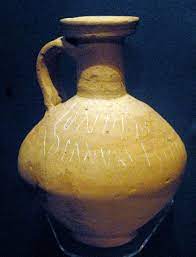
LONDINI AD FANVM ISIDIS (To London at the temple of Isis)
The other side of the evildoing is attested in the Western world; many specialized Egyptologists know and write about these topics, but their articles and books are never known to the great public, because this would gravely damage the Greco-Romano-centric (Euro-centric or Occidentalocentric) narrative and the associated bogus-historical dogma that Europeans want to permanently impose on their former colonies and worldwide.
Of course, it is clear that the national security and safety of Egypt is not a matter of Education, Academic Research or intellectual debate. However, the two issues are intertwined. Better one understands the historical reality and better one assesses distortions and fallacies diffused by an enemy, smarter he becomes in fighting the enemy’s plans. And what can the plans against Egypt be?
One tiny example is offered by the Georgia Guidestones that stood from 1980 to 2022 {unveiled by US congressman Druie Doug Barnard (1922-2018) on 22nd March 1980} in Elberton (Elbert County, Georgia). It would be naïve to believe that the target of world population reduction to 500 million people involves Chinese, Indians, Africans and Latin Americans. Eugenics has been exclusively a Western European pseudo-science. About: https://en.wikipedia.org/wiki/Georgia_Guidestones#Inscriptions

Druie Doug Barnard
II. The End of Egypt may be very close
Very well-known is the anti-Egyptian and anti-Sudanese nature of the various successive governments of Abyssinia, which has only recently (in the 1950s and after French guidance) been fallaciously renamed as ‘Ethiopia’. In fact, the usurpation of the historical name of Ancient Sudan (Cush) by the (Yemenite origin) Abyssinians only completes the Amhara-Tigray colonial wars, annexation of many Cushitic nations and kingdoms, perpetrated genocide, and systematic persecution and enslavement of the subjugated Oromos, Kaffas, Afars, Kambatas, Sidamas, Hadiyas, Gedeos, Shekas, Agaws, Nuers, Anyuak, Bertas, Ogadenis and other nations.

Prof. Mekuria Bulcha
During the 19th c., subtly divided by the colonial English, the Egyptians and the Sudanese were not united in their reaction against the then expanding barbarian pseudo-kingdom of Abyssinia, which was criminally supported by the colonial hypocrites of France and England. Oromo Diaspora Prof. Mekuria Bulcha proved quite convincingly (in his ‘Religion, the slave trade and the creation of the Ethiopian empire in the nineteenth century’, 1997) that the colonial powers, which pretended hypocritically to be against the slave trade across the Earth, deliberately permitted the Abyssinians to continue their slave trade in order to purchase firearms that they used in their attacks against so many civilized African kingdoms.
The formation of the racist, genocidal state of Abyssinia (Fake Ethiopia) is a permanent direct threat against the existence of Egypt and Sudan as states, and against the life of all the Egyptians and the Sudanese. If this fact is not taken seriously by all the Egyptian and the Sudanese statesmen, administrators and military, the end may be very near. The fact that the Egyptian governments failed to use Coptic academics, priests, monks and intellectuals as state agents to study the tribal and tyrannical regime of Abyssinia (Fake Ethiopia), get insightful, unveil local secrets, and thus accurately assess the permanently dangerous situation is also due to all types of colonial involvement and interference in Egypt.
Western diplomats, statesmen, journalists and military advisers always tried to assuage Egypt’s rightful worries about the malignant intentions of the racist Amhara rascals and underestimate the lethal threat originating from Abyssinia and the unprecedented Abyssinian hatred against Egypt and the Sudan. Limiting the topic to the sphere of military reprisals is puerile, whereas concerted action with the numerous liberation fronts (Oromo, Ogadeni, etc.) would have been very good in the 1990s, the 2000s and the 2010s, but by now is not sufficient.
There are indeed many historical sources documenting the evil intentions of the Amhara and Tigray anti-Sudanese and anti-Egyptian racists. They date back to the pre-colonial times, when the tiny, pseudo-Christian, barbarian Amhara kingdom developed the unprecedented hatred under the form of eschatological wishes and apocalyptic dreams of destruction that would befall on the Egyptians and the Sudanese. Many foreign authors, explorers, commentators and historians took note of the evil dreams that are harbored in the sick, heinous minds of the Abyssinians.
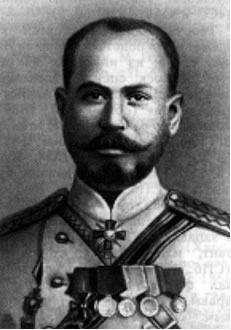
Alexander Ksaverievich Bulatovich
I will herewith name only one source, but the topic would easily become that of a PhD dissertation. The Russian military officer, monk, explorer and author Alexander Ksaverievich Bulatovich (1870-1919; tonsured Father Antony), who became later the main theoretical proponent of Imiaslavie (a heretical movement in Eastern Orthodox Christianity), was dispatched by the last Russian czar, Saint Nicholas II, to Abyssinia (1896-1897); there, he accompanied the tribal thug Abba Dagnew turned Abyssinian ‘king’ Menelik in some of his military expeditions and conquests where Abyssinian soldiers used firearms sold to them by England and France against the primitive arms of the African defendants of several ancient and noble kingdoms. Bulatovich wrote many accounts of his sojourn in Abyssinia, notably ‘ With the Armies of Menelik’, ‘ From Entotto to the River Baro’, etc. In one of his descriptions, the Russian envoy narrated the anti-Egyptian and anti-Sudanese dreams of the Amhara soldiers, as per below:
“In one of the prophecies of Raguil to Atye Zadyngylyu (he received revelations in his sleep and then wrote them down), it is said that a king from the north will be with a king of Ethiopia one in spirit and one in heart. In another prophecy of Angel Auriel to Sahle Selassie, it is said that a king of the north and of Jerusalem will meet with a king of Ethiopia in Mysyr (Egypt) and will conquer Egypt. After this, they will divide among them all the land”.
You can find an interpretation, a commentary and all the related details in the following article of mine (first published in 2010 and then republished) in which I included several excerpts from an English edition of Bulatovich’s works:
This article is part of a long series of articles about Bulatovich’s valuable information and authentic description of the events that took place in Eastern Africa in the 1890s.
You will find the entire list of my articles (which contain fragmentary republication of Bulatovich’s English edition) here:
III. Egypt and the Pulverization of Sudan and Libya
On Tuesday, 21 December 2010, the Egyptian President Hosni Mubarak and Libyan leader Muammar Al-Gaddafi held closed talks with Sudanese President Omer Hassan al-Bashir and his Vice President Salva Kiir; the discussion focused on the South Sudan referendum that was to take place in three weeks’ time. The Egyptian and the Libyan heads of state tried to exert some pressure in order to avert the separation of South Sudan from Sudan. Quite unfortunately, it was too little too late. https://sudantribune.com/article37051/

All the same, no less than seven (7) years earlier, I had warned President al-Bashir about what was coming; it was published in three successive articles (in 2004); here you can find them republished:
https://www.academia.edu/22848016/The_Last_Chance_for_Sudan_to_Exist_Get_Out_of_the_Arab_League_Now
Neither al-Bashir nor Mubarak nor Gaddafi could ever imagine how deeply the Western elites reviled them and prepared the destruction of their countries. To Mubarak, they appeared friendly as long as he implemented the policies that they wanted him to carry out. But every product has an expiry date, and so did the cheap colonial product named ‘Hosni Mubarak’.
When it comes to Sudan, Western diplomats through corruption and machinations triggered the Darfur genocide; they did not care either for the Furis, the people of Sudan’s NW confines, or for the Janjaweed, the idiotic Islamists and Pan-Arabists, who stupidly butchered the Furis only for the sake of the Western interests against Sudan. The reason for the Darfur genocide was the Western resolution to cut Sudan to pieces. To do so, they had to inculpate the pathetic and silly leader of Sudan, and this they achieved thanks to the International Criminal Court. After 2009, they had him at their mercy; a scared military officer is the world’s most submissive doll. LOL! The only tangible result is that by now South Sudan is a dysfunctional entity whereby colonial diplomats appoint ministers, top military officers and crooks turned to ‘businessmen’, whereas Sudan is divided and plunged in a civil war. https://www.icc-cpi.int/darfur/albashir
Mubarak’s overthrow had long been prepared against him; his last minute effort to prevent the secession of South Sudan only exasperated his fake allies whom Mubarak stupidly considered as friends and believed in their ‘good intentions’ for no less than three decades. So, no more than a month after his worthless trip to Khartoum, the events, which prompted his removal from power, were kicked off. Disreputable gangster Hillary Clinton was calling the old sick man of the Nile to shout “Mr. President, go! You kill your people”. Good friends!
When the sick madman Barack Obama visited Egypt on the 4th June 2009, he was escorted to the pyramids by the then Secretary General of Antiquities Zahi Hawass; there, the enemy of the Ancient Egyptian spiritual heritage Barack Obama was well prepared and fully instructed as to what to comment when seeing an hieroglyphic sign in the tomb of Qar; he said that the sign “looked like him”.

2300 BCE Barack Obama’s first incarnation!
Basics in Egyptology are enough for someone to understand that the US president heralded the fall of Mubarak, but apparently all the Egyptian Egyptologists were good for nothing.
https theliberaloc com/2009/06/04/obama-finds-hieroglyph-that-looks-like-him/
https://en.wikipedia.org/wiki/Qar_(Ancient_Egyptian_official)
https://www.osirisnet.net/mastabas/qar-guiza/e_qar-guiza_01.htm
On the 11th February 2011, i.e. the palindrome 11 02 2011, Mubarak was forced out by the same administrations that had praised him in the past; the same attitude has been displayed toward President Abdel Fattah el-Sisi over the past ten (10) years. Why? This is simple to answer. It is certainly not out of love; apparently, Egypt’s turn for chaos was not the year 2011.
As soon as Mubarak was out, major protests broke out against Gaddafi and his government (17 February 2011). The Libyan military strongman lasted until the 20th October 2011, having thus plenty of time to regret for his policy change and for assuming relations with the Western colonial powers.
Hosni Mubarak lasted 18 days (25 January 2011 – 11 February 2011).
Zine El Abidine Ben Ali lasted 31 days (17 December 2010 – 14 January 2011); so, he was stronger.
Muammar Gaddafi lasted 8 months (February-October 2011); apparently he was the strongest of the three North African leaders, who were removed from power before 13 years.
With Libya and Sudan in civil war, internal strife, and disarray, it will be difficult for Egypt to keep as a standalone country for too long. Omar al-Bashir was already overthrown in a coup d’état on the 11th April 2019. Sooner or later, the instability (to say the least) attested on Egypt’s western and southern borders will spread across the country, which faces now one new challenge, i.e. the end of self-government in Gaza and the forced eviction of the Gaza Palestinians from their homes, which were turned to ruins.
IV. The Renaissance Dam in the light of the Abyssinian ‘Prophecy’ against Egypt and Sudan
Meanwhile it is noteworthy that the construction of the Renaissance Dam (GERD: the Grand Ethiopian Renaissance Dam) in the Benishangul province of Abyssinia (Fake Ethiopia) started in April 2011, only two months after Mubarak’s fall. The enormous dam built on the Blue Nile just few kilometers before the Sudanese border (height 145 m; length 1,780 m; elevation at crest 655 m; surface area of the reservoir 1874 km2) triggered many serious controversies. All the same, several discussions were entertained about the impact of the dam on Sudan and Egypt and the potential reduction of water (due to the filling of the reservoir and because of the subsequent evaporation); but few people in Egypt and the Sudan have hitherto questioned few crucial engineering issues.
Yet, the major danger may not be due to reduced flows of water downstream to Sudan and Egypt, which would affect the agriculture and the hydropower of the two states, but to the safety of the overall construction. This is so because of an exposed sliding plane in the rock basement of the area; this could eventually cause a sliding process downstream and a release of dozens of cubic kilometers of water. Several scholars highlighted this point and numerous case studies have been published in this regard. Example:
Flood propagation modeling: Case study the Grand Ethiopian Renaissance dam failure
https://www.sciencedirect.com/science/article/pii/S1110016823002247
Water Resources Professor at Cairo University Hani Sweilam (currently Egypt’s Minister of Water Resources and Irrigation) said in April 2021 that there is a 50% chance the Renaissance Dam will collapse, due to the presence of faults characterized by steep slopes allowing the occurrence of flooding carrying big amounts of silt. He specified the following: “It’s also common in Ethiopia to build dams without enough studies and that is the case with the Renaissance Dam whose capacity was raised from 11 billion cubic meters to 74 billion cubic meters on no scientific basis. Building such a large dam in a location that is higher than Khartoum by 350 meters puts Sudan in peril. As the dam is close to the Sudanese borders, if it collapses, the water of its reservoir would hit the Roseires Dam having seven billion cubic meters. …. After 150 kilometers, lies Sennar Dam whose capacity is less than a billion cubic meters (causing the destruction of Sudan)”.
Also:
https://english.aawsat.com/home/article/2210661/fears-over-gerds-collapse-due-design-defects
It is quite interesting to notice that the ominous perspective of a major dam collapse matches perfectly well the above mentioned ‘Abyssinian prophecy’ as regards the destruction of the lands of Sudan and Egypt. The calamitous prediction would be materialized following a dam collapse, because the entire Valley of the Nile would be erased by the ensuing tsunami that would reach the Mediterranean and only the populations living east of the Eastern Desert Mountains in Sudan and Egypt would be spared. https://en.wikipedia.org/wiki/Eastern_Desert
Under such circumstances and with only few millions of people survived in the Sudan and Egypt, it would be easy for Abyssinia (Fake Ethiopia) and Israel to invade and partition the lands of the two countries that are located east of the Eastern Desert Mountains.
——————————————-
Download the article in PDF:

